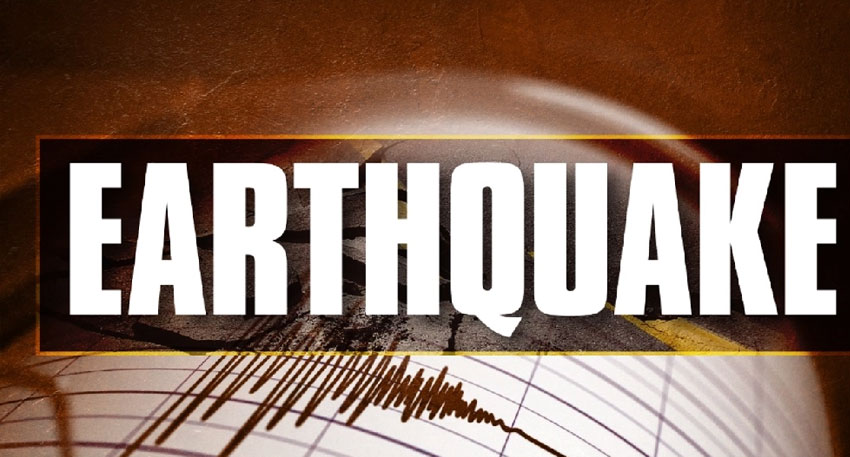
More than twelve cities in Pakistan are located right on or very close to active fault lines, putting them at high risk of earthquakes.
Important cities such as Islamabad, Rawalpindi, Peshawar, and Abbottabad fall into this category.
According to seismologists, these areas are more likely to experience strong shaking when an earthquake occurs, making them especially vulnerable.
Another group of cities includes coastal areas like Karachi, Gwadar, and Ormara. These cities face a different danger, the risk of tsunamis because they lie along the Arabian Sea coast.
Read More: France’s biggest wildfire since 1949 not yet under control
This makes them vulnerable to large waves caused by underwater earthquakes or other seismic events.
The third category covers regions where people often feel mild tremors, but these places are farther from major fault lines.
Central Punjab is one such area, which is considered safer because it lies away from the most active seismic zones.
Seismologists stress the importance of better understanding these fault lines and increasing preparedness, especially in the high-risk cities near fault zones.
This knowledge can help people and authorities take necessary steps to reduce damage and save lives.
Overall, Pakistan’s earthquake risk varies by location. Cities near fault lines must be extra cautious and ready for possible earthquakes. Coastal areas also need to prepare for tsunami threats.
By recognizing these risk zones, communities and governments can improve safety measures to protect people and property.




